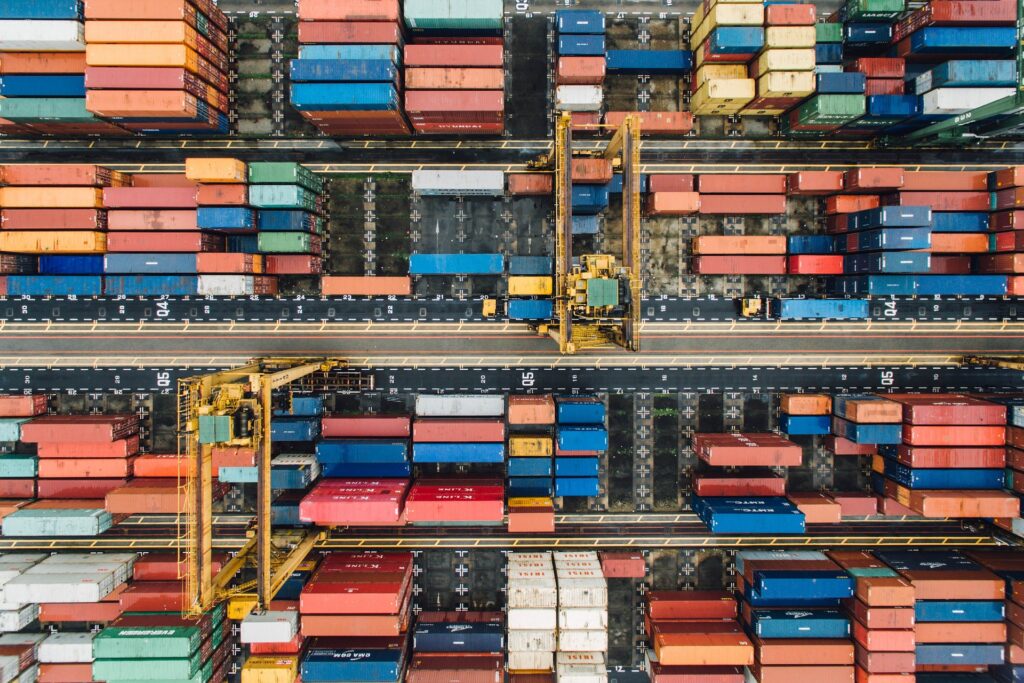Regulating the transportation of small arms and light weapons

The use of private transport contractors, including for the provision of transportation, freight forwarding and charter services to ship and deliver small arms, light weapons (SALW), and their parts, components and ammunition, is not adequately covered by national legal and regulatory frameworks. Inadequate regulation of SALW transport service providers, border posts and ports encourage unscrupulous […]
Regulating the brokering of small arms and light weapons

Especially since the 1990s, international transfers of SALW and ammunition have been conducted in increasingly differentiated markets. A multitude of products, buyers and suppliers around the world, including State-owned entities and large defence manufacturers, use the services of specialist intermediaries, as well as private agents and dealers. States often use brokering services for the purpose […]
Small arms and light weapons transfer controls: Import, transit and trans-shipment

The objective of strengthening controls on the transfer of small arms and light weapons (SALW) is to ensure a more responsible trade, counter the illicit trade and prevent armed violence and conflict. To be effective SALW control is not limited to export control. Consignments of SALW as well as their ammunition, parts, and components, need […]
International standards to prevent police gun violence

In many countries, the global and regional proliferation of small arms means that police and other law enforcers are under extreme pressure to counter rising levels of violent gun crime, and are expected to confront armed offenders. In the process, ill-trained and ill-disciplined officers with guns, sometimes kill, maim, and mistreat innocent people whom they are supposed to protect. Increasingly, police, customs and other law enforcement officers are also called upon to detect illicit gun traffickers, mark firearms, process firearms licenses, collect illicit firearms and persuade communities to report illegal firearms. However, such efforts are often thwarted by corrupt police practices and a lack of trust from communities.
IANSA has published a briefing paper and Fact Sheet on “International Standards to Prevent Police Gun Violence.” This publication focuses on essential common principles and procedures which the United Nations has recommended to ensure that all law enforcement agencies will restrict their use of force to a minimum, keep their firearms under strict control, and prevent officers from committing acts of gun violence or other abuse. The UN standards draw on international human rights law, general principles on the rule of law, and provide guidance to differentiate between a lawful use of force and firearms, as opposed to acts of criminal violence by the police.
Due diligence responsibilities of businesses involved in small arms and light weapons

IPIS and the International Action Network on Small Arms (IANSA) have developed a Fact sheet on “Due Diligence Responsibilities of Businesses Involved in Small Arms and Light Weapons.” For over a decade, the international community has been developing guidelines for responsible business conduct for States and companies to prevent, address and remedy human rights abuses committed in […]
Children shooting children

This paper aims to explain how small arms and light weapons (SALW) proliferation leads to extreme violence by children using guns against other children, a shocking indictment on the failure of governments to ensure strict control of such weapons. The paper will draw on examples from different countries where such incidents have occurred. It will […]
Small arms and light weapons proliferation and violence: Estimating its scale and forms

aSmall arms and light weapons are widely available and easy to use, so they are the most prominent tools in contemporary armed conflicts as well as in armed criminal and interpersonal violence in non-conflict settings. To grasp the global scale of SALW proliferation and the patterns of violence committed with SALW, this briefing paper summarizes […]
Surplus and Illegal Small Arms, Light Weapons and their Ammunition: the consequences of failing to dispose and safely destroy them

This joint report by IANSA and IPIS documents recent failures in some countries across world regions to properly dispose of and destroy excess small arms and light weapons (SALW), and their ammunition. It illustrates the different ways that excessive, poorly secured, weapons, especially firearms and ammunition, leak out into the hands of abusers and to […]

